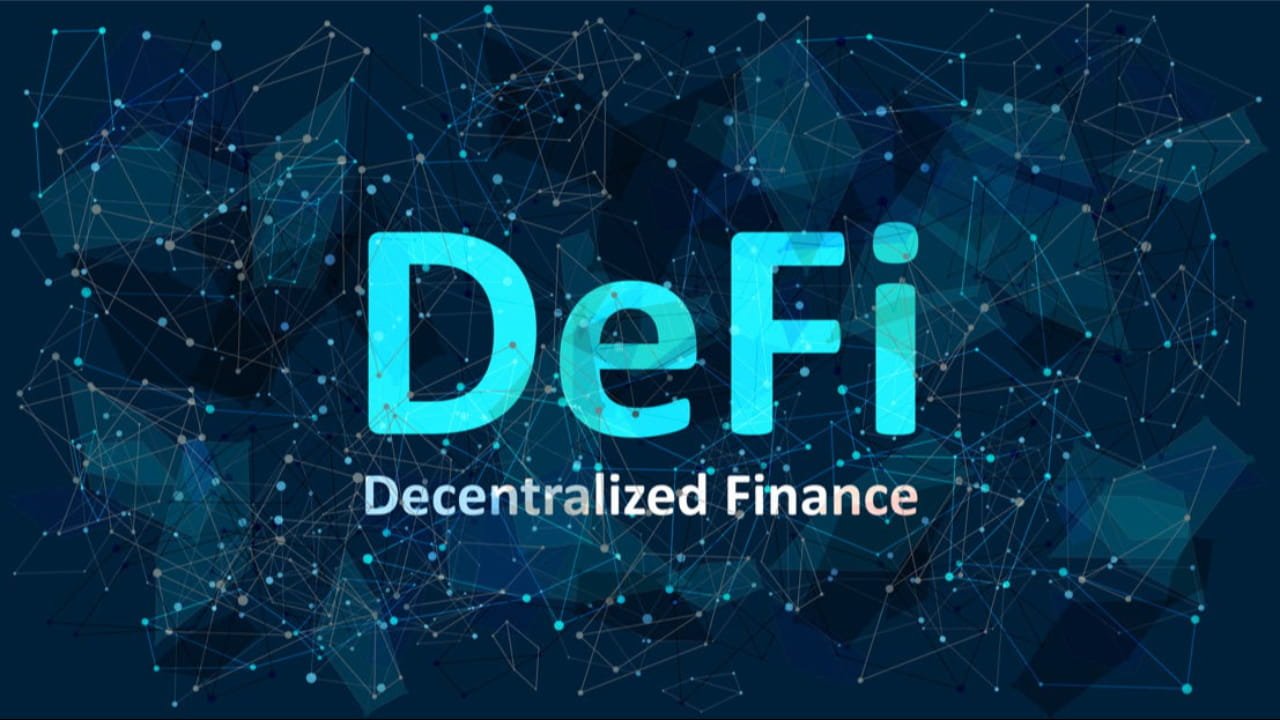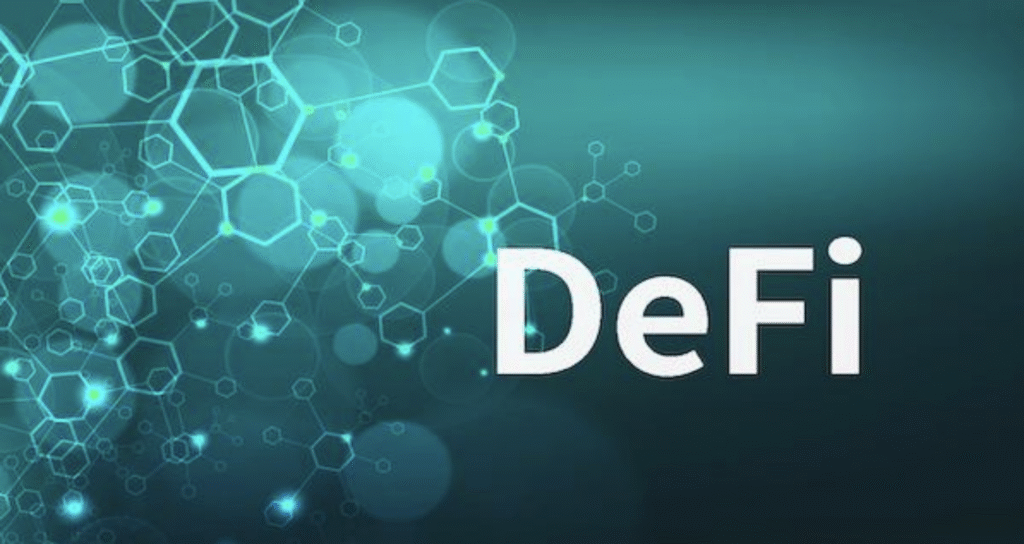The decentralized finance revolution has transformed how we think about traditional banking and financial services. If you’re wondering how to create a DeFi protocol on Ethereum, you’re stepping into one of the most innovative sectors in blockchain technology. Building a DeFi protocol requires careful planning, solid technical knowledge, and understanding of smart contract security principles.
Creating a successful DeFi protocol on Ethereum involves multiple components, including smart contract development, tokenomics design, user interface creation, and comprehensive security auditing. This comprehensive guide will walk you through each essential step, from initial concept to mainnet deployment, ensuring you understand the technical requirements and best practices needed to launch a secure and functional decentralized finance protocol.
Understanding DeFi Protocol Fundamentals
Before diving into the technical aspects of how to createa DeFi protocol on Ethereum, it’s crucial to understand what makes DeFi protocols unique. Decentralized finance protocols eliminate traditional intermediaries by using smart contracts to automate financial services like lending, borrowing, trading, and yield farming.
Core Components of DeFi Protocols
Every successful DeFi protocol consists of several key components that work together to provide seamless financial services. Smart contracts serve as the backbone, handling all transactions and logic without human intervention. Token economics determine how users interact with your protocol and receive rewards for participation.

User interfaces provide the gateway for non-technical users to interact with your smart contracts. Security measures protect user funds and maintain protocol integrity. Governance mechanisms allow community participation in protocol decisions and upgrades.
How to Create a DeFi Protocol on Ethereum: Step-by-Step Process
Planning Your DeFi Protocol Architecture
The first step in learning how to create DeFi protocol on Ethereum involves comprehensive planning. Define your protocol’s core functionality, target audience, and unique value proposition. Research existing protocols to identify gaps in the market and opportunities for innovation.
Determine whether you’re building a lending protocol, a decentralized exchange, a yield farming platform, or a synthetic asset protocol. Each type requires different smart contract architectures and security considerations. Create detailed technical specifications and user flow diagrams before writing any code.
Setting Up Development Environment
Proper development environment setup is essential when learning how to create a DeFi protocol on Ethereum. Install Node.js, npm, and essential development tools like Hardhat or Truffle. Configure your development environment with testing frameworks, linters, and debugging tools.
Set up local blockchain networks for testing using Ganache or Hardhat Network. Install MetaMask and configure it for various test networks, including Ropsten, Rinkeby, or Goerli. Ensure you have sufficient test ETH for deployment and testing phases.
Smart Contract Development Best Practices
Writing Secure Smart Contracts
Security should be your top priority when developing smart contracts for your DeFi protocol. Use established patterns like OpenZeppelin contracts for common functionality. Implement proper access controls, reentrancy guards, and input validation.
Follow the principle of least privilege, ensuring contracts only have necessary permissions. Use time locks for critical functions and implement emergency pause mechanisms. Write comprehensive unit tests covering all edge cases and potential attack vectors.
Implementing Core Protocol Logic
Your smart contracts should handle core protocol functions, including user deposits, withdrawals, interest calculations, and reward distributions. Implement proper state management and ensure all calculations are accurate and gas-efficient.
Use libraries like SafeMath for arithmetic operations to prevent overflow and underflow vulnerabilities. Implement proper event logging for transparency and off-chain indexing. Consider upgradeability patterns if your protocol requires future updates.
Testing and Security Auditing
Comprehensive Testing Strategies
Testing is crucial when learning how to create e DeFi protocol on Ethereum. Write unit tests for individual functions, integration tests for contract interactions, and end-to-end tests simulating real user scenarios.
Use fuzzing tools to test contract behavior with random inputs. Implement continuous integration pipelines to run tests automatically. Test on various testnets to ensure compatibility and performance under different network conditions.
Professional Security Audits
Professional security audits are non-negotiable for DeFi protocols handling user funds. Schedule audits with reputable firms like ConsenSys Diligence, Trail of Bits, or Certik. Address all identified vulnerabilities before mainnet deployment.

Consider bug bounty programs to incentivize white-hat hackers to find vulnerabilities. Implement gradual rollouts with deposit limits to minimize risk during initial launch phases.
Deployment and Launch Strategy
Mainnet Deployment Process
Deploy your contracts systematically, starting with core protocol contracts before peripheral components. Verify all contracts on Etherscan for transparency. Configure initial parameters carefully and test all functions post-deployment.
Implement proper monitoring and alerting systems to track protocol health. Set up governance mechanisms if your protocol includes community governance features. Ensure you have emergency procedures for potential security incidents.
Building User Interface and Integration
Create intuitive user interfaces that make your DeFi protocol accessible to mainstream users. Use Web3 libraries like ethers.js or web3.js for blockchain interactions. Implement proper error handling and user feedback mechanisms.
Integrate with popular wallets including MetaMask, WalletConnect, and hardware wallets. Provide clear transaction confirmations and gas estimation features. Consider mobile compatibility for broader user adoption.
Important Keywords People Search for Related to DeFi Protocols
When optimizing content about how to create a DeFi protocol on Ethereum, consider these high-search keywords:
- DeFi smart contract development
- Ethereum protocol development
- Decentralized finance tutorial
- Smart contract security audit
- DeFi tokenomics design
- Solidity DeFi programming
- Web3 protocol architecture
- Ethereum DeFi deployment
- Blockchain finance development
- DeFi yield farming protocol
Legal and Regulatory Considerations
Understand regulatory requirements in your jurisdiction before launching your DeFi protocol. Consult with blockchain-focused legal experts to ensure compliance with securities laws and financial regulations.
Consider implementing KYC/AML measures if required by local regulations. Stay updated on evolving regulatory landscapes that may affect DeFi protocols. Document all legal considerations and compliance measures.
Conclusion
Learning how to create a DeFi protocol on Ethereum is a complex but rewarding journey that requires dedication to security, thorough planning, and continuous learning. The steps outlined in this guide provide a solid foundation for building secure and functional decentralized finance protocols.
Success in DeFi protocol development comes from prioritizing security, following best practices, and engaging with the developer community. Whether you’re building a lending protocol, DEX, or innovative financial primitive, the key is starting with a solid technical foundation and never compromising on security. Ready to start building your DeFi protocol? Begin by setting up your development environment and exploring existing protocols to understand current market needs. Remember, the DeFi space moves quickly, so stay updated with the latest developments and security practices as you embark on creating your protocol on Ethereum.
















